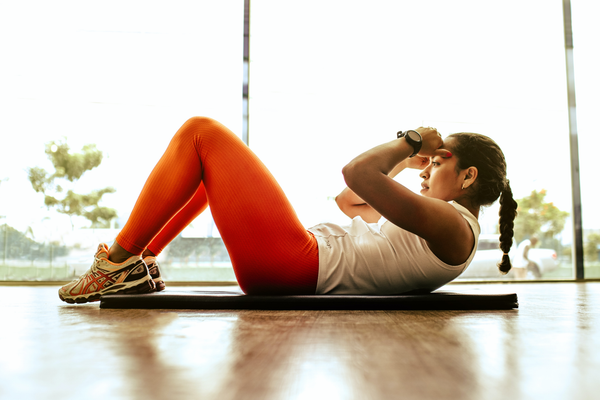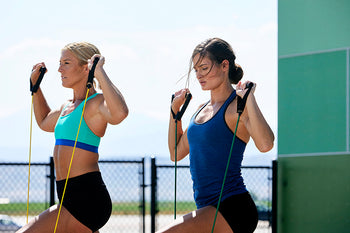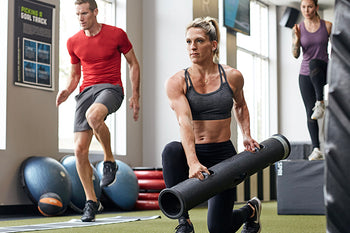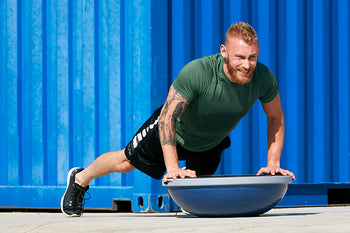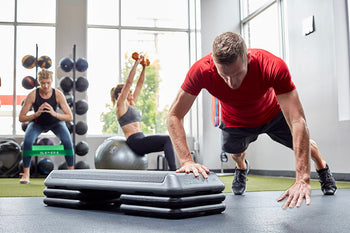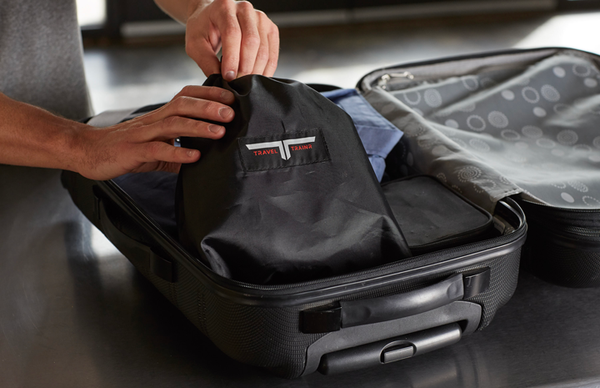3 Keys to Quality Recovery
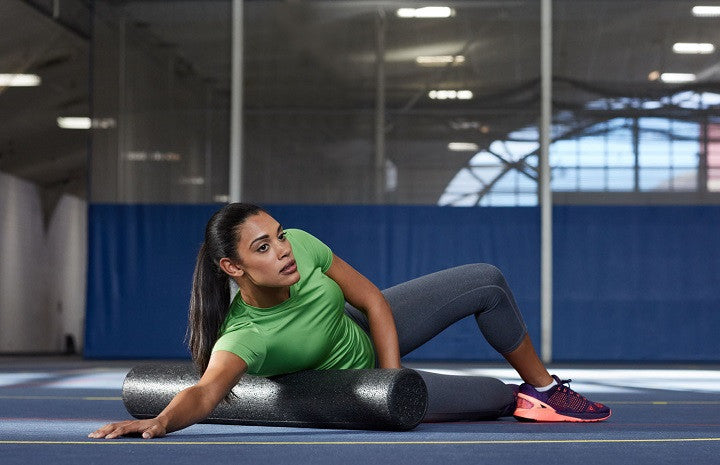
by: Jodi Sussner, M.S.
Recovery. Sounds like something only the unfit individual has to do in order to make it through to the next workout, doesn’t it? But the fact is, recovery is an integral part of the training plans for high-level college and professional athletes, which means that you need it too! In reality, the human body requires proper recovery for improved performance, development, and even injury prevention. There are ways to maximize recovery, minimize downtime, and make bigger strides toward your fitness and athletic goals. Ultimately, recovery encompasses the entire body, not just the muscular system. As we uncover the 3 Keys to Quality Recovery, some of these may surprise you. What’s more, when incorporated into your daily and weekly routine, you’ll begin to look at recovery as part of your training.
Here are the 3 keys to quality recovery that are simple, straight-forward, and available to everyone at a minimal cost of time and money:
1. Post workout nutrition
Post workout nutrition is an ideal opportunity for your body to absorb nutrients while the cells are depleted and open to receiving them readily. By consuming the right foods, at the right time, you can improve your overall performance for subsequent workouts, improve recovery time, prevent injury and improve body composition. The overall goal of post-workout nutrition is to provide the following:
- Replenish depleted muscle glycogen
- Absorb protein into the cell for muscle repair and growth
- Provide essential nutrients for cell function
- Assist with a potential decrease in muscle soreness
So, what is the ideal post-workout nutrition plan for recovery? The individual amount of nutrients and overall balance of each will vary based on the activity and goals of the athlete. These guidelines however, support the goal of post-workout nutrition for all:
- Carbohydrates to replenish muscle glycogen.
- Protein to support muscle breakdown and subsequent repair and growth.
- An ideal ratio for recovery is 2:1 carbohydrates to protein.
- Vitamins and minerals to improve cellular function: specifically Vitamin C to reduce lactic acid, Vitamin D to reduce inflammation and improve the immune system, and Vitamin E to increase circulation improving the body’s ability to shuttle nutrients.
In addition to what to eat, studies that recommend specific timing post-workout are mixed on when to eat. Some experts say 1-2 hours post workout is sufficient while others focus on the “window of opportunity” as 30-45 minutes post workout. The truth is, it depends on your goal. The focus of this article is on muscle replenishment and repair for optimal recovery. Therefore, the recommended timeframe is 30-45 minutes post workout with a combination of both carbohydrate (20-30 grams depending on your body weight) and protein (10-20 grams depending on your body weight).
2. Self-massage techniques - There are many convincing reasons to choose self-massage as an option for recovery and why not, it’s wallet friendly, effective and efficient. Here are a few of the key benefits to self-massage along with a great 10 minute routine that you can use every day!
- Relieves and prevents soreness. Experiencing sore muscles post workout is due to a combination of lactic acid accumulation in the muscle cells as well as adhesions built up over time between the myofascial and muscle tissue. Working with a Foam Roller or small trigger point tool, such as our Hot & Cold Massage Therapy Balls are a great way to flush out acidity so that there is less accumulation of lactic acid.
- Improves range of motion and functional flexibility. While breaking up adhesions in the myofascia can be temporarily uncomfortable, the resounding benefits are long-term. When adhesions limit movement, overtime poor movement mechanics follow. Using self-massage tools, such as our Tiger Tail on a daily basis improves range of motion and subsequent movement overall.
- Prevents injury. When the joints and muscles can follow proper movement patterns as they were designed to do, we avoid injury from repetitive movements, poor mechanics and misalignment. Keeping myofascia moving freely along the muscle, prevents the buildup of adhesions and prevents painful trigger points from developing. These trigger points are a result of chronic adhesions and cause more lingering problems if left unattended. Stretch Straps can be a very effective tool for reducing muscle tension and stress.
- Decreases stress. Our nerves innervate muscle tissue as well as fascia. When we relieve tension, we relieve more than just pain. We relieve tension brought on by chronic adhesions and trigger points compressing on the nerves and radiating pain and tension into other areas of the body. This tension not only hurts but, tells the body to release an increased amount of stress hormones, sending the entire stress/de-stress system out of balance.
Here is a simple and effective way to introduce self-massage techniques. It covers the entire body and utilizes essential tools that won’t break the bank and can be used on a daily basis.
- Full Spine rollout - Lie on your back with a foam roller lined up perpendicularly at the top of your spine. Slowly push with your feet and roll the roller down the length of your spine. Breathe and take your time.
- Lumbar spine - Begin seated on the foam roller at your tailbone, place your hands behind you and work the roller up the small of your back. Repeat and add a slight twist to your hips by rocking your knees to one side to roll the quadrates lumborum or sides of the low back.
- Glutes - Seated on a small massage or therapy ball, cross one leg over the knee of your other leg. Place the ball at your sit bone and roll above it to focus on the insertions for your glute and hamstrings. Slowly work up to the crest of your pelvis and then back down - adding a rock side to side as tolerated.
- IT band - Place your body side lying on a foam roller with your bottom leg back and your top leg in front with the knee bent. Guide your body up and down along the side of your thigh, working form the top of the hip toward the top of the knee and back up.
- Gastroc/Soleus – Using a tiger tail or handheld stick roller, dorsi flex the foot and run the roller up and down along the muscle belly applying light to moderate pressure as tolerated.
- Achilles - Place one ankle/achilles onto the foam roller so that the roller is perpendicular to your body. Flex your foot by placing your other foot on top (heel onto toes). Rock your ankle side to side and forward and back along the entire achilles tendon.
Start big and then work smaller - focusing on tender spots for a short period of time. Recommended time on each tender spot: 10-15 secs.
3. Rest - Simply put, you need to sleep!
In addition to physical conditioning and conscious eating, sleep plays a major role in athletic performance and competitive results. The quality and amount of sleep athletes get is often the key to winning. REM sleep in particular provides energy to both the brain and body. If sleep is cut short, the body does not have time to repair memory, repair muscle tissue, and release growth hormones.
A study in the journal, “SLEEP” confirms the role of sleep in performance. Their study shows a decline in speed, reaction time and decision making following poor sleep. Accuracy and speed were improved in subjects that were well-rested. In addition to these subjective measures of sleep and performance, some research suggests sleep deprivation actually increases stress hormones like cortisol while decreasing the body’s ability to produce energy from stored muscle glycogen. Experts recommend a minimum of 6 hours of sleep but, shoot for the optimal at 8-9 hours of uninterrupted sleep each night.
Whether you’re at the top of your game or in the game for the fun of it, applying the “3 Keys to Quality Recovery” on a daily basis can be the difference between game-ending and game-changing!
Leave a comment
Comments will be approved before showing up.
Also in Blog
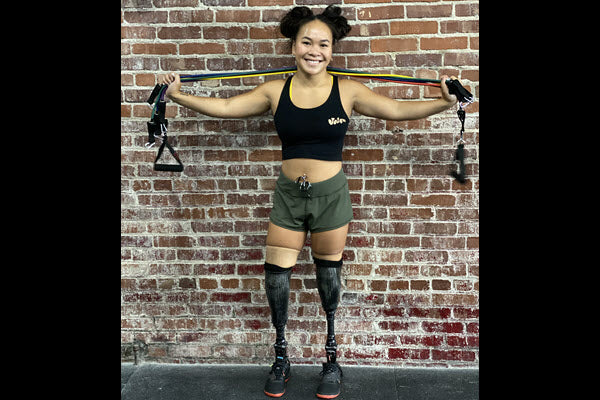
Training for Swimmers with Haven Shepherd
